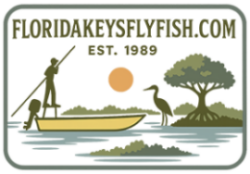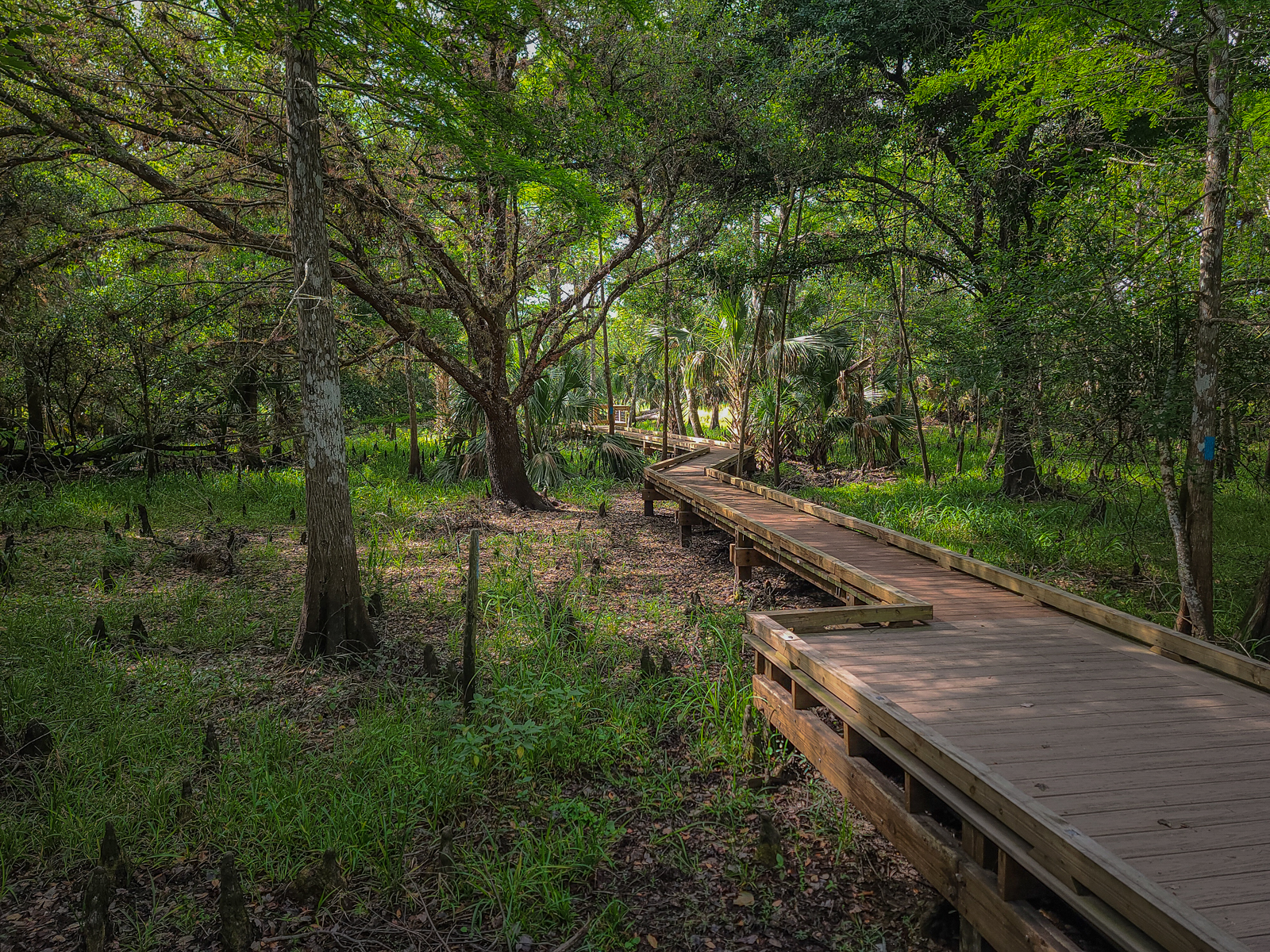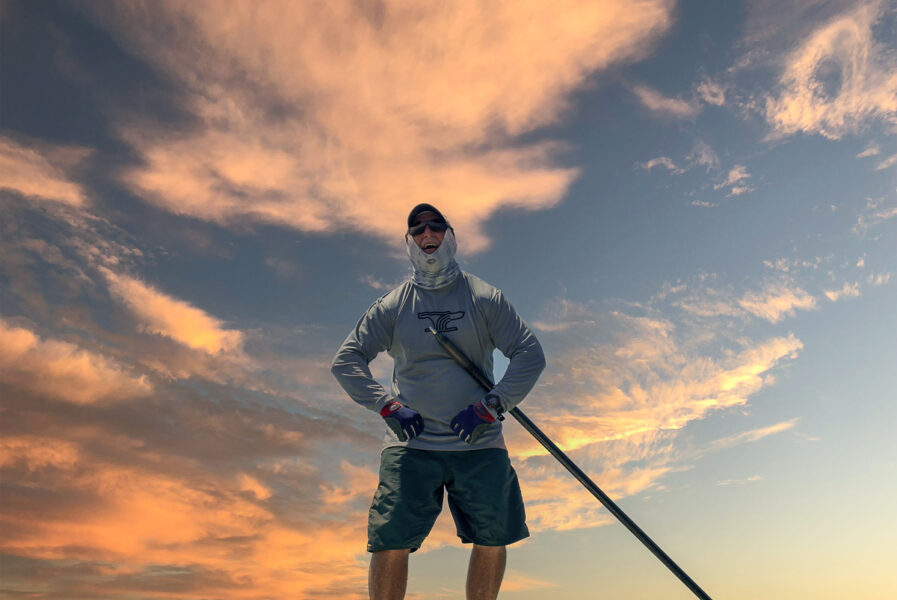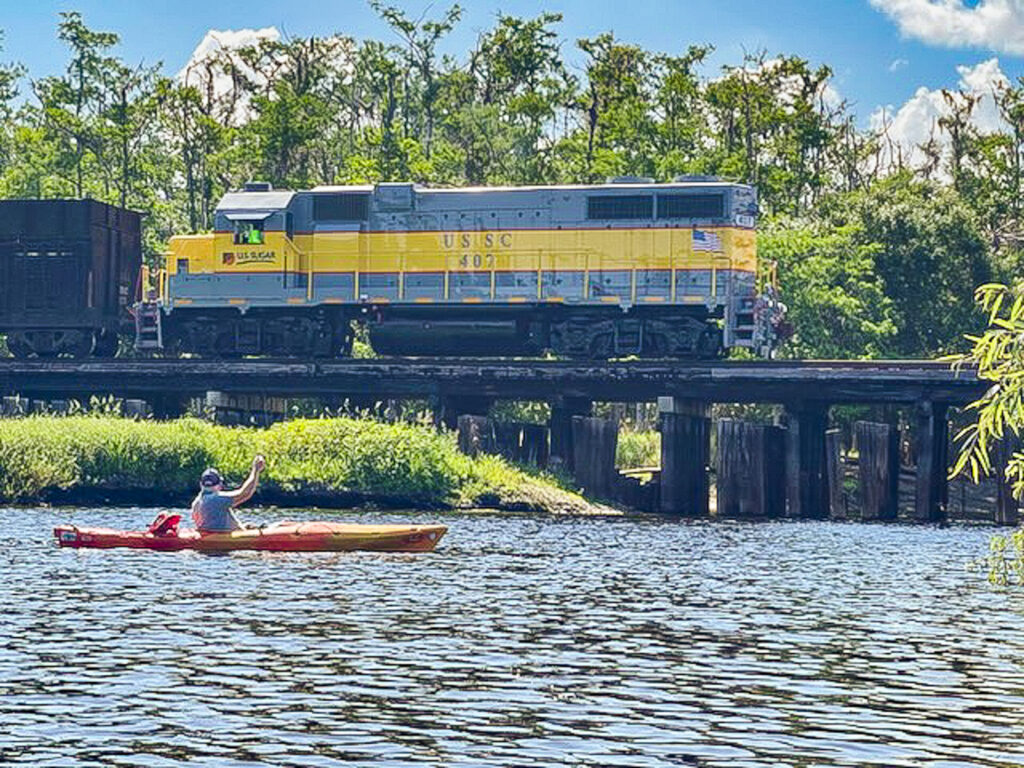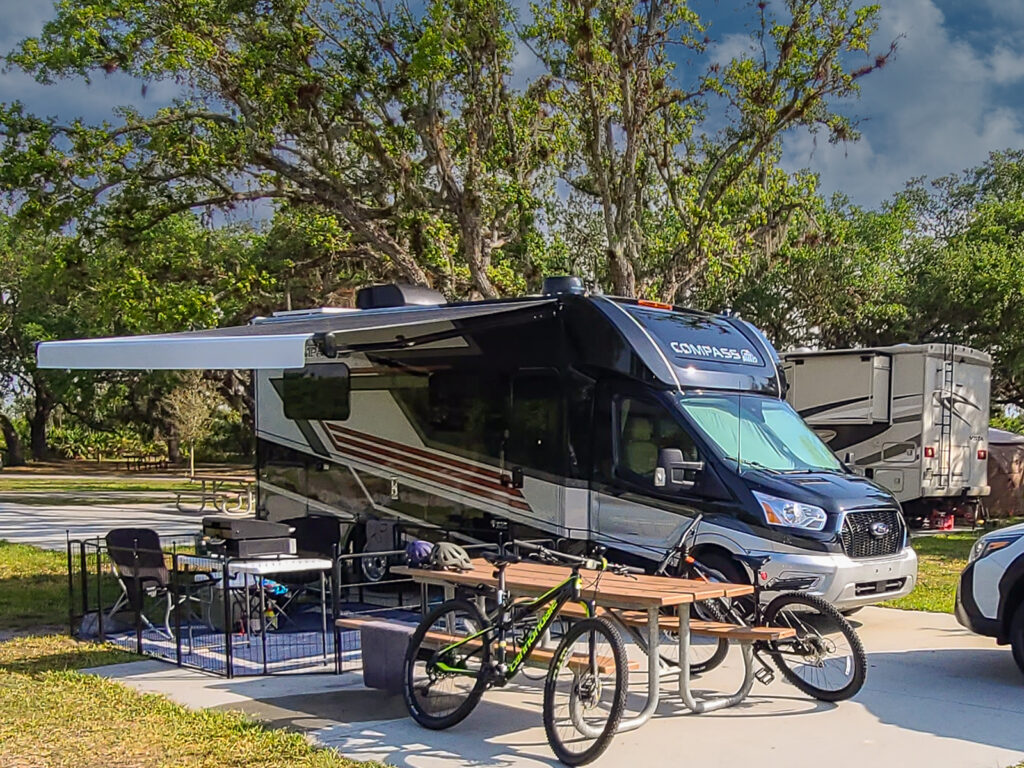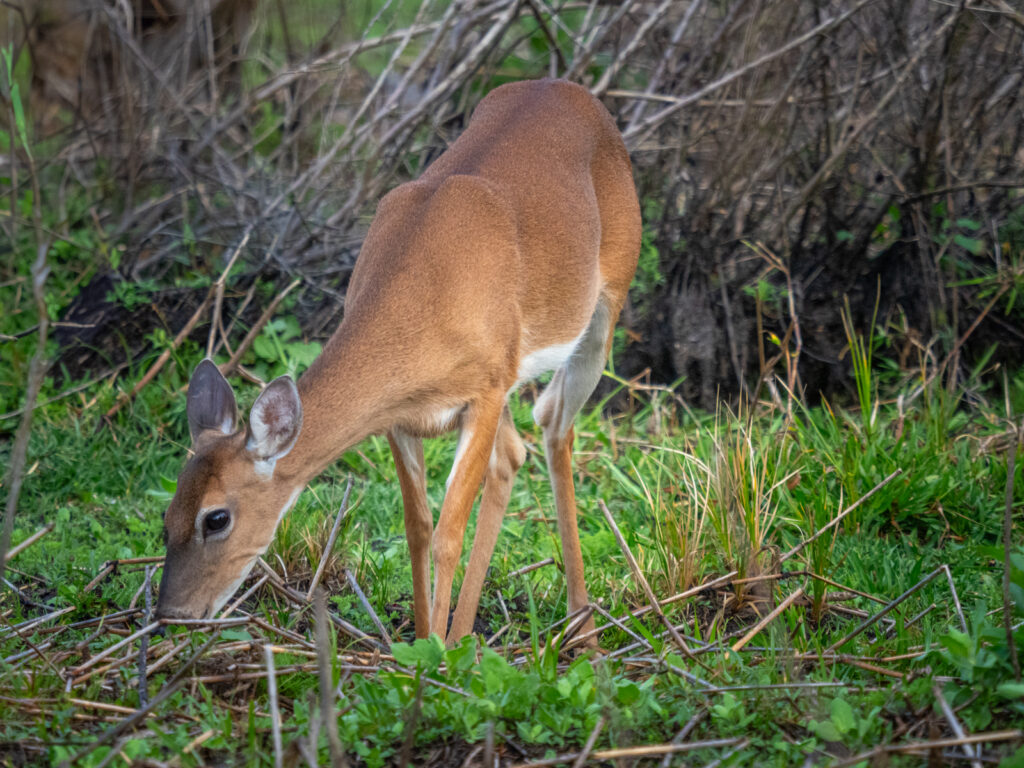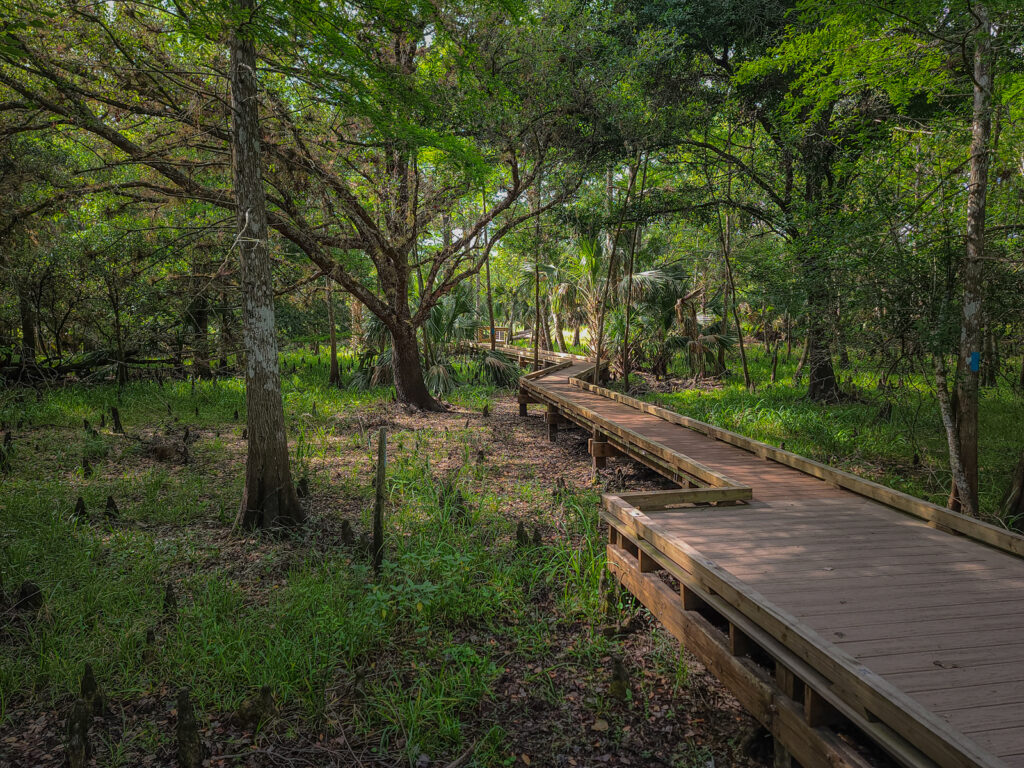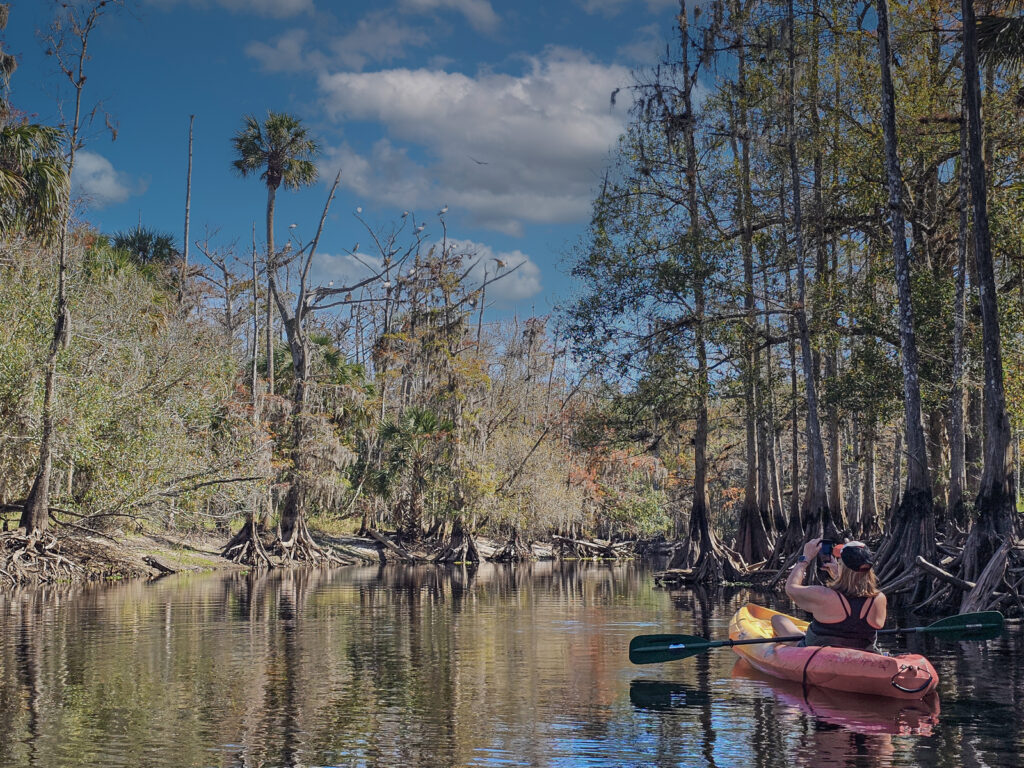Fisheating Creek Outpost and WMA
Located in the heart of South Florida near Lake Okeechobee, Fisheating Creek WMA offers a glimpse into a wilder, untouched version of ‘old Florida.’ Named after the beautiful creek that flows through its expansive landscape, it’s a sanctuary for campers, anglers, canoeists, kayakers, photographers, and anyone looking for a quiet getaway. This was one of the first places I camped – Boy Scout Troop 336 out of Kendall in South Miami, and after all these years, I was anxious to see it again and if it had changed much. I wasn’t disappointed.
The creek is a winding ribbon of freshwater, bordered by old-growth cypress swamps and shaded hammocks of oak and sable palm. As we paddled downstream, we saw plenty of gators, deer, wild hogs, birds, and the occasional splash of fish breaking the surface. Anglers will find largemouth bass hanging out in the deeper parts of the river. As we ventured deeper into the park, the blend of history and wilderness became more apparent.
Paddling from the west (downstream) toward the Fisheating Creek Outpost is only possible when the water is high. As the creek rises, the route opens up, allowing for easier navigation through flooded grasses and cypress stands. This trip requires maneuvering around submerged obstacles and some portages, but for those willing to put in the effort, it rewards with access to a seldom-seen, remote stretch of the northernmost Everglades. Several outfitters operate through the Fisheating Creek Outpost office, providing gear, guidance, and canoe/kayak transportation. If you’re up for the challenge when the water is up, it’s one of the more unique fishing opportunities in the state. This is something we intend to do during the rainy season.
Fisheating Creek WMA sits in a region full of expansive wildlands, including the nearby Spirit of the Wild WMA, a mix of pine flatwoods, marshes, and oak hammocks that support deer, turkey, and the occasional Florida panther sighting. To the south, Dinner Island Ranch WMA offers open prairies and oak hammocks, while Okaloacoochee Slough WMA (OK Slough) preserves vast wetlands critical for wading birds and panthers. Just southwest, Babcock-Webb WMA provides some of the best public hunting and birdwatching in the state.
Since I’ve always been fascinated with railroads, one of our favorite features of Fisheating Creek Outpost is the active railroad. Spanning over 170 miles and owned and operated by U.S. Sugar, this line is busy and part of one of the largest private rail networks in the country, used daily to transport sugarcane from fields to processing facilities in Clewiston and Sebring. The tracks are a testament to the region’s deep ties to the sugar industry, where it continues to shape the landscape – for better or worse, you be the judge.
The Lykes Brothers played a major role in shaping the region, amassing vast land holdings across Florida, including areas around Fisheating Creek. As one of the state’s largest landowners, they were heavily involved in cattle ranching, timber, and agriculture. For decades, they controlled access to Fisheating Creek, which led to a legal battle over public navigation rights. Eventually, the state of Florida secured the creek for public use, establishing Fisheating Creek WMA. Their legacy still looms large, a reminder of how powerful landowners have influenced Florida’s landscape and economy.
The Fisheating Creek Outpost campground is well-equipped, offering a range of amenities for both seasoned campers and those in RVs. There is a campground general store for the bare necessities, and the closest convenience store is Loves Service Center near Moore Haven, so come well-equipped. You can choose from primitive campsites for a more rugged experience or opt for developed sites with picnic tables, fire rings, restrooms, shower facilities, and full hookups. Beyond the campsites, the park is home to great blue herons, snowy egrets, otters, gators, wood storks, hawks, ospreys, bald eagles, and caracaras.
